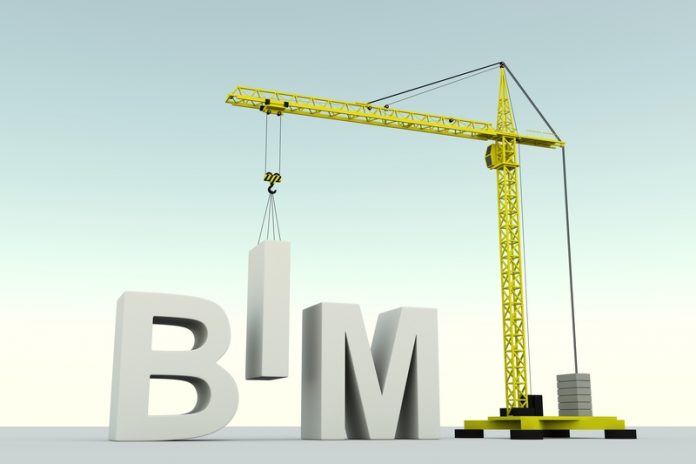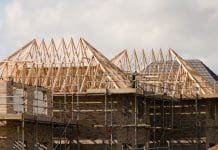A BIM pilot project headed by Stewart Milne Timber Systems, has shown that technology and collaborative working throughout the housebuilding sector, could save the industry more than £500 million a year
According to a recent survey, the 15-month pilot project looked at the cost and efficiency of savings across the housebuilding sector. The project concentrated on digital designs, construction and sales through Business Information Modelling (BIM).
The study suggested that faster planning consent, savings from processes and reduced marketing costs, could save up to £3000 per household.
Stewart Milne Group has created the UK’s first BIM library. It allows architects and designers to create ‘smart’ digital versions of new homes from a suite of TF offsite product solutions accessed via an online portal.
Stewart Dalgarno, product development director of Stewart Milne Group, who led the project said:
“Technology plays a central role in industries like automotive, and has been used to customise the buyer experience for new homes in Japan. In the UK we haven’t yet embraced technology and industrialisation with anything like the vigour we could.”
The pilot study looked at the following factors:
- The supply chain’s readiness for BIM;
- Comparison with existing processes (eg live 3D modelling vs database 2D modelling);
- Requirements for leadership, up-skilling and training;
- Collaboration and cultural shift, towards digitally integrated working;
- Single point design technology solutions, including parametric housing models, offsite manufacturing, lean site assembly processes, virtual & augmented reality sales tools
The project asked 21 housebuilding supply chain businesses about BIM and revealed low levels of readiness. Almost all participants said that they were not BIM-ready, and 58% confessed that they were not even aware of BIM.
In light of this revelation, Mr Dalgarno confirmed that the project had found a compelling case for housebuilders and their supply chains to move towards a digitally integrated future for their services. He said that in doing so, the sector could make significant savings, benefit from a boom of productivity and produce more brand value and high quality homes with fewer defects to meet the growing demands of the industry.














